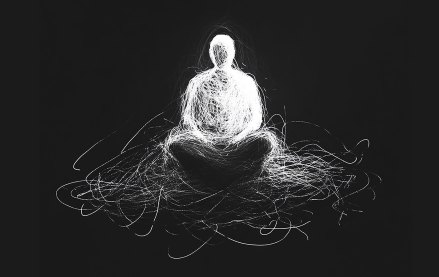
This article is a WTF explainer, in which we break down media and marketing’s most confusing terms. More from the series →
For all you know, this sentence could be written by artificial intelligence technology. The same can increasingly be said of any image, video or even audio file uploaded online.
In an attempt to help people distinguish between AI-generated and human-generated content, Adobe and the Coalition for Content Provenance and Authenticity have proposed a system for disclosing how a piece of content was created.
Called content credentials, the system would embed information, such as who created a piece of content and whether it was made using generative AI tools, in the content’s metadata and append a watermark indicating such information was attached. Beyond disclosing AI’s involvement, the content credential system can also be used to credit artists for their work and verify its authenticity, as covered in the video skit below.
More in Media

WTF is behind the explosion of faceless creators?
Brands are rapidly increasing their spending on faceless creators, showing the unique benefits of working with this type of influencer.

In Graphic Detail: As ‘Grow a Garden’ booms, a new report shows the marketing power of Roblox
The explosive growth of “Grow a Garden” has brought new attention to Roblox — and rejuvenated marketers’ interest in its advertising power.

Brand deals surge for golf creators as the sport’s popularity spikes
Golf is booming, and so is influencer marketing. As a result, golf creators are signing an unprecedented number of brand deals in 2025.








